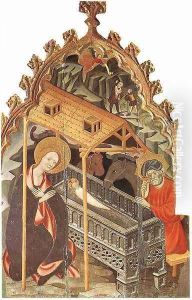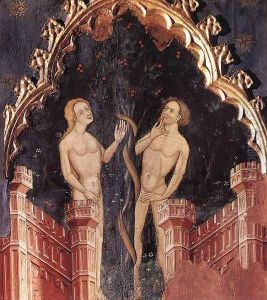Ramon de Mur Paintings
Ramon de Mur was a Spanish painter whose life and career spanned the late 19th and first half of the 20th century, a period marked by significant political, social, and artistic shifts in Spain and Europe. Born in 1879, de Mur emerged from a context ripe with artistic evolution, notably influenced by movements such as Impressionism, Modernisme (Catalan Art Nouveau), and later, Surrealism and Cubism. His work, however, remained distinctively individual, often reflecting a deep engagement with the landscapes and cultural milieu of Spain.
De Mur's early years were spent in a Spain undergoing rapid change, with the loss of its last overseas colonies in 1898 prompting introspection and a reevaluation of Spanish identity. This milieu influenced de Mur's initial artistic directions, imbuing his works with a sense of nationalistic fervor and a focus on Spanish themes. His early education in art was likely rooted in the traditional, but as his career progressed, de Mur absorbed and reinterpreted the innovations happening around him, blending them with his unique vision.
By the early 20th century, Ramon de Mur had established himself as a painter of note, his work characterized by a vibrant use of color and a dynamic composition style that set him apart from his contemporaries. While not as internationally recognized as some of his peers, de Mur's contributions to Spanish art were significant, particularly in his ability to capture the essence of Spain's landscapes, its people, and its burgeoning urban scenes.
Throughout his career, de Mur exhibited across Spain and occasionally abroad, earning accolades for his distinctive style and his ability to evoke emotion through his depictions of everyday life and the natural world. His later works showed an interest in the abstract, reflecting the broader movements within European art of the time, though he never fully abandoned the representational basis of his work.
De Mur's legacy is one of a bridge between traditional Spanish art and the modernist wave that swept through Europe in the early 20th century. His paintings remain celebrated for their lyrical beauty, technical skill, and the unique lens through which they view the landscape and people of Spain. Ramon de Mur passed away in 1952, leaving behind a body of work that continues to be appreciated for its contribution to the rich tapestry of Spanish art.

